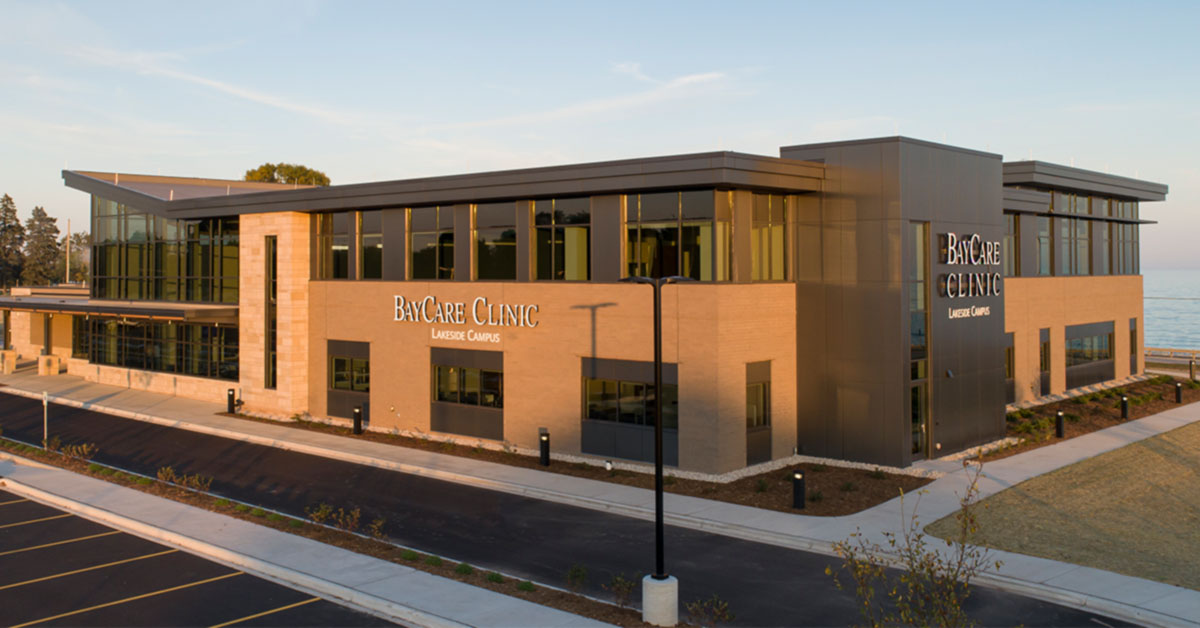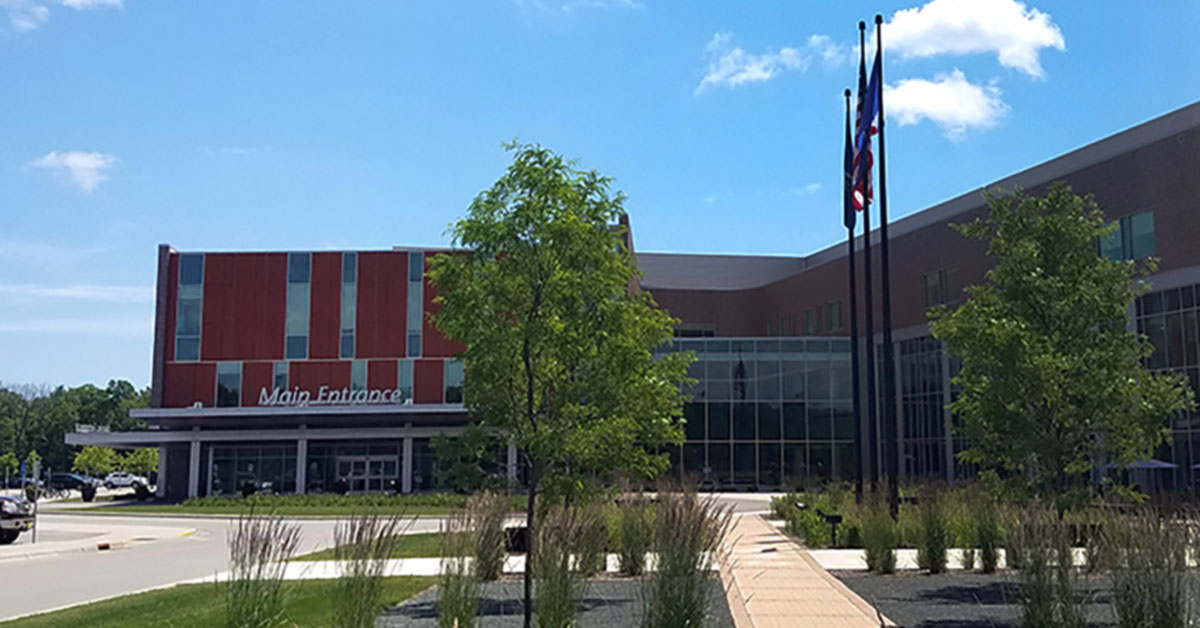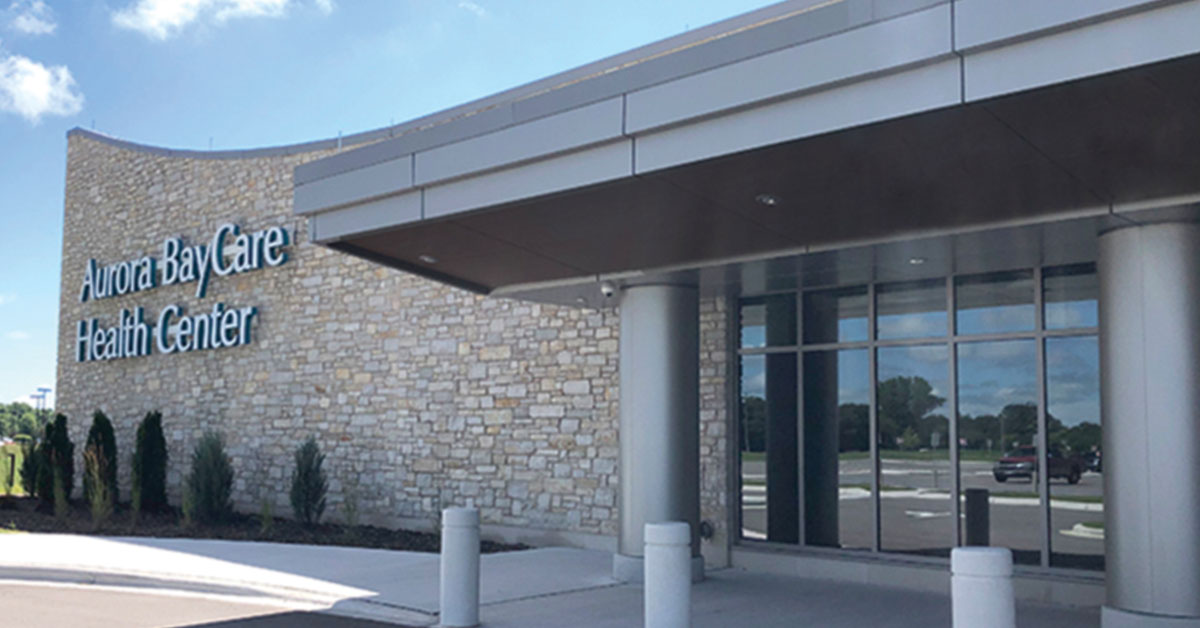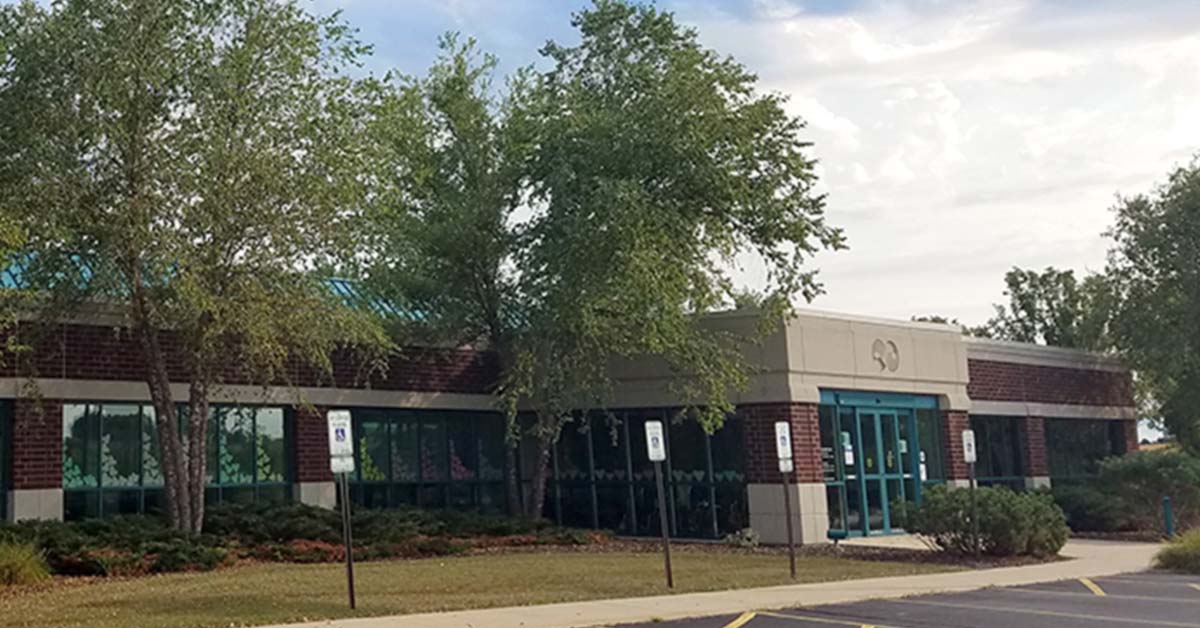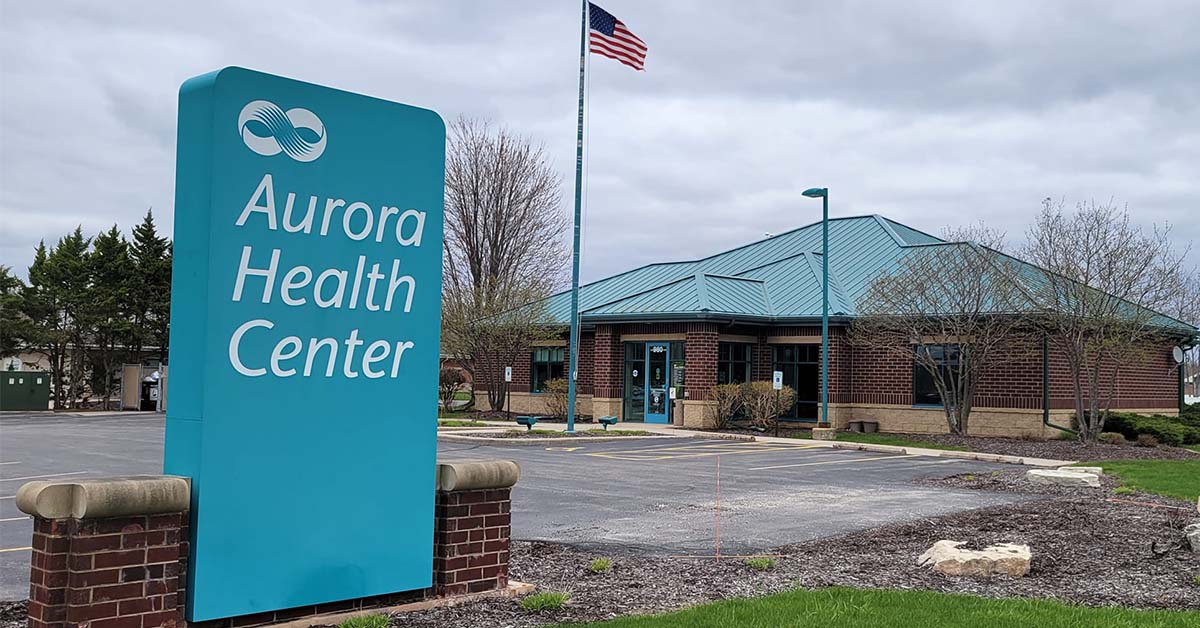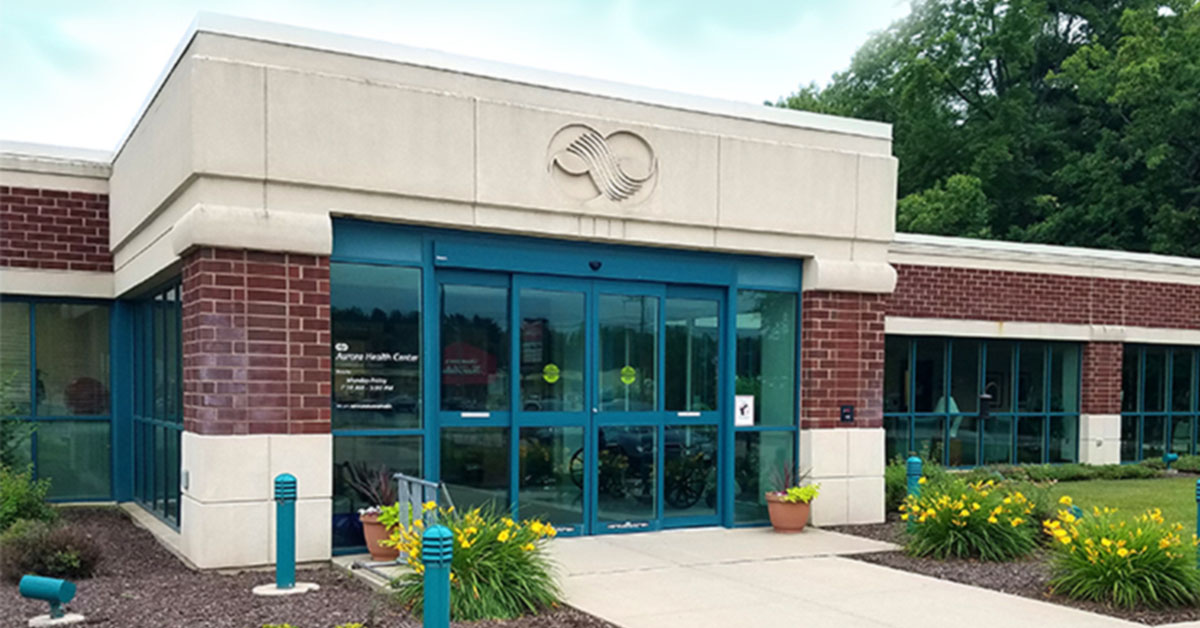Shoulder Instability
Orthopedics & Sports Medicine
Specialized in treatment and surgery options for shoulder instability
What is shoulder instability?
Shoulder instability occurs most commonly among people who have dislocated their shoulder more than one time. This causes symptoms of pain, giving out or feeling as though the shoulder is “loose”. After experiencing one shoulder dislocation, there is increased risk of it occurring again.
Shoulder instability can also be caused by repetitive motion and overuse.
Age is a risk factor for shoulder instability. When the first shoulder dislocation occurs before the age of 20, there is a 90 percent change of developing shoulder instability. This is in part due to the structure of the shoulder joint, which is a large ball centered on a shallow socket. It’s like a golf ball sitting on a golf tee.
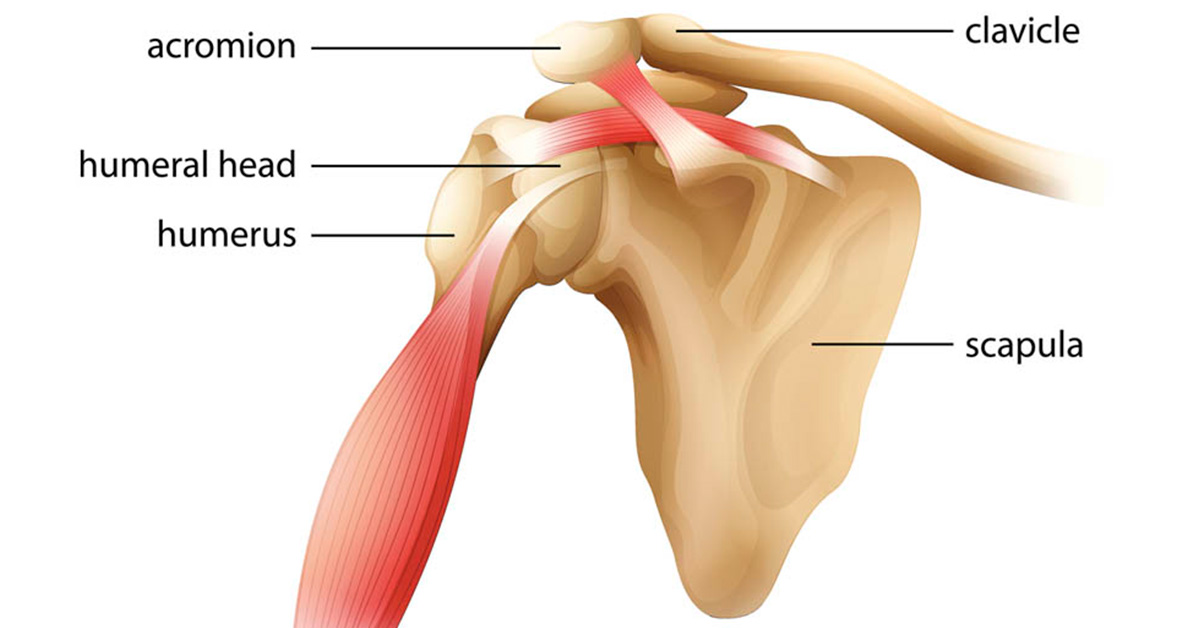
How we treat shoulder instability
An Orthopedics & Sports Medicine BayCare Clinic specialist will obtain a history followed by an examination of the shoulder to test for instability. An X-ray will be obtained to evaluate for any bony abnormalities. The specialist also may order an MRI or ultrasound to confirm the diagnosis.
Nonsurgical treatment options
- Rest
- Ice or heat
- Modifying activities
- Anti-inflammatory medication
- Physical therapy
- Cortisone injections
Surgical treatment options
Surgery may be required to repair torn or stretched ligaments. Our orthopedic surgeons typically perform this through a shoulder arthroscopy, or small camera, which is a minimally invasive way to address shoulder problems.
Our goal is to create individualized care plans to reduce pain, improve mobility, reduce the likelihood of further injury and return people to their normal activities as quickly and safely as possible.

